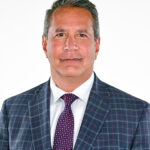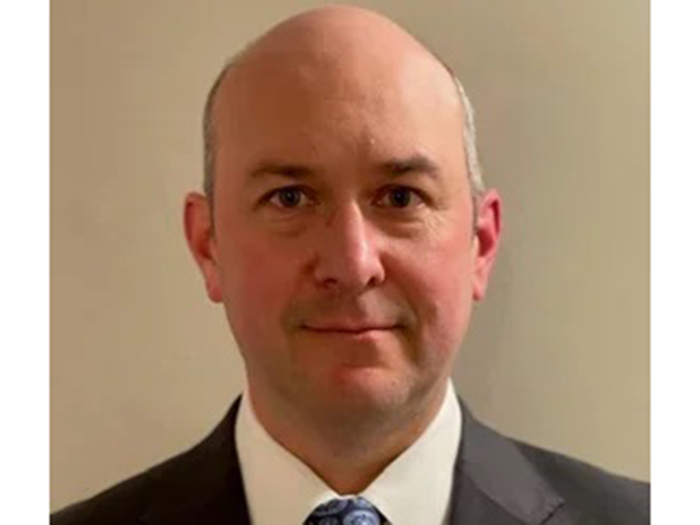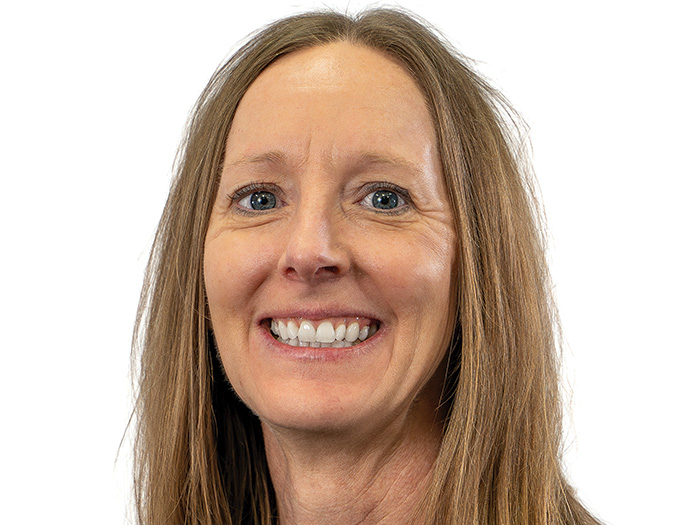Sponsored: Pinnacle Actuarial Resources Inc.
Three Best Practices to Set Capital Targets That Work for Your Company

In the world of insurance carriers, captives and government risk pools, having an abundance of capital might not seem like such a bad thing. Many may perceive it as an added layer of security, ensuring that claims will be paid and overall financial stability remains intact. Nevertheless, an overabundance of capital does entail certain risks.
One notable factor is opportunity cost. Instead of idly residing on the company’s balance sheet, excess capital could be strategically allocated to generate additional revenue, provide dividends or take advantage of other opportunities that could give the company a competitive advantage.
“If an organization gets to a point where it has undeployed excess capital, there are resources not being used as efficiently as they could be. In a sense, it is financial opportunity being wasted, instead of generating better returns or being used for some other appropriate investment,” said Danny Linton, senior consulting actuary, Pinnacle Actuarial Resources. “In some cases, having too much capital can actually be dangerous. In fact, there was a pool sued by constituents in its state for holding on to too many taxpayer dollars.”
So how can these entities ensure they have adequate capital without letting cash go to waste? According to Linton, there are three best practices to follow to set appropriate targets for your capital.
1) Develop a Capital Policy Statement
A capital policy statement defines the minimum and maximum amounts of capital that an entity should hold. A standard framework used to arrive at those numbers is the National Association of Insurance Commissioners’ 1993 risk-based capital (RBC) equation.
“This framework incorporates various elements of risk within an organization. It includes components for asset risk, equities, credit risk, underwriting and pricing risks, and catastrophe exposure. It puts all these elements together to determine the bare minimum capital you should hold on to,” Linton said.
However, the RBC framework only determines the absolute least amount of capital an organization should hold — a level at which regulators would step in. Entities should set their capital targets based on a factor of the RBC, as determined by their unique level of risk tolerance. A very risk-averse organization, for example, would want more capital reserves, and therefore may set its target range at three to six times the RBC. An entity more open to risk-taking may find lower factors acceptable.
“At the minimum target threshold, it necessitates the board’s intervention, and in certain instances, even state regulators may be required to implement corrective measures to prevent further erosion of capital,” Linton said. “Conversely, when approaching the maximum limit, the board should initiate a thoughtful exploration of potential opportunities. This could involve evaluating the company’s capacity for assuming additional risks or considering the appropriateness of issuing dividends to policyholders. There exists a multitude of avenues through which excess capital can be strategically deployed to enhance overall value.”
2) Review Your Capital Position Regularly
Organizations should conduct their RBC benchmarking and compare against their capital policy statement at least every other year, barring any unforeseen circumstances.
“If you have a big change … your assets have decreased in value, the property market is hardening so underwriting results are deteriorating … any significant change in equity warrants taking another look at your capital position, re-benchmarking and recalibrating your models,” Linton said. “If everything is running smoothly, an every-other-year basis will typically suffice.”
The benefit of employing a standardized framework lies in its ability to facilitate year-over-year comparisons of capital adequacy requirements. It provides organizations with clear insights into the specific risk components responsible for changes in required capital.
“If there are changes from one evaluation to the next, we could start pointing to what drove that change. Did something change with your bond portfolio? Was it underwriting? Is it your reserving risk? The RBC model gives you a tangible way to understand and justify changes in your capital requirements as time goes on,” Linton said.
3) Stress Test the Capital Policy
The minimum and maximum capital limits may also be adjusted based on the results of stress testing, which projects the financial implications of various major events, depending on what the organization’s greatest exposures are.
“We conduct stress testing by creating sets of pro forma financial statements that reflect a scenario causing concern for the risk manager. In other words, we ask our clients, ‘What keeps you up at night?’ As an example, for a property insurer, that scenario might be a natural catastrophe that forces them to pay claims that represent a material proportion of their assets. So we will create two to three years, even up to five years of balance sheets, cash flow statements, income statements based on that situation. What does it do to your surplus? What does it do to your cash flow? Would you run into a liquidity crunch if you had to liquidate some assets at a loss to pay your claims?” Linton said.
“These tests help organizations determine their comfort with different levels of capitalization.”
The key to productive stress testing, however, is to be selective in developing scenarios. It is impossible to test for every potential adverse event. Instead, Linton encourages his clients to focus on those risks that concern them the most and develop broad scenarios that reflect multiple elements of risk.
“You can’t control what’s going to happen in the future. We can’t predict it. What we’re trying to do is test resiliency. And if you’ve got a scenario that makes sense relative to the profile of the business, that can cover a whole range of situations,” he said.
The Value of an Actuary That Knows Your Business
Though stress testing helps organizations fine-tune their capital needs, it is not the only tool in the toolbox. To truly help clients determine their goal capital range, Pinnacle actuaries take time to understand their business and listen to their concerns.
“Pinnacle takes the time to sit down and listen. We want to know what risks keep you up at night and how we can best quantify those risks. Understanding the unique goals and philosophies of an organization is a far more compelling argument than putting a whole bunch of data into capital modeling software and producing a number that has no clear justification,” Linton said.
“Actuaries can do the math, but understanding the business is the hard work. At Pinnacle, one of our pillars is empathetic customer service and really listening to the concerns of our clients and tailoring our analysis to the clients. That knowledge of their business is what really adds value to our services and helps our clients get closer to their goals.”
That dedication to customer service is supported by a collegial and collaborative culture at Pinnacle, where actuaries can pick each other’s brains, share experiences and continually learn from each other in order to leverage the breadth and depth of the company’s expertise for their clients’ benefit.
“I’ve seen this in practice,” Linton said. “Whenever I’ve had a question and I know somebody else has the experience, it’s easy to set up time to talk. Everyone is always willing to help another person out. I think that is a big reason why we’re so successful. We all realize we don’t just stand on our own as actuaries and that working as a team and collaborating is paramount to our success and our clients’ success.”
To learn more, visit: https://www.pinnacleactuaries.com/.
![]()
![]()
This article was produced by the R&I Brand Studio, a unit of the advertising department of Risk & Insurance, in collaboration with Pinnacle Actuarial Resources, Inc. The editorial staff of Risk & Insurance had no role in its preparation.











